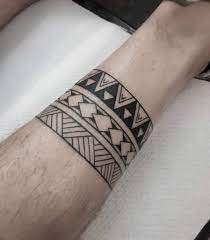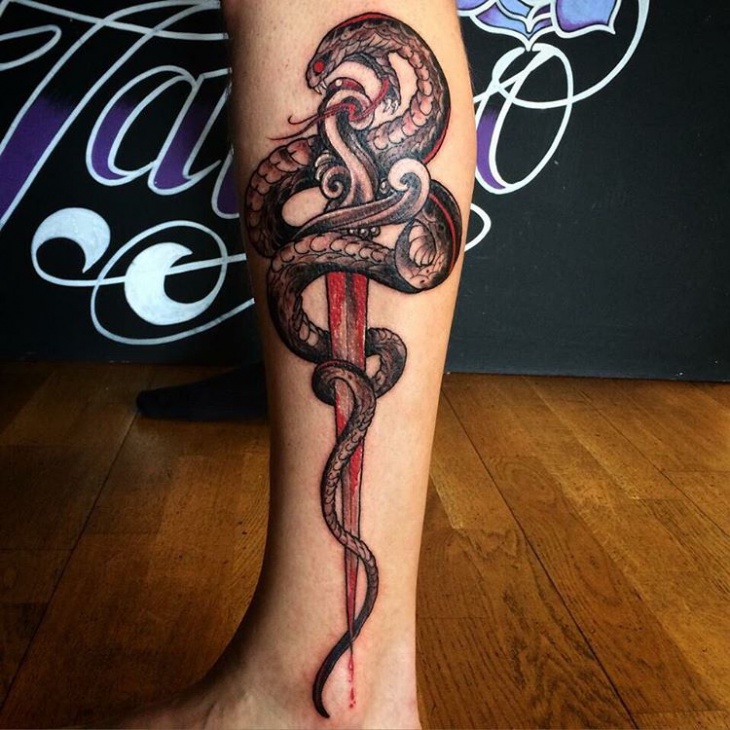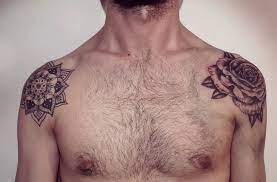
Dreamcatchers and feathers can be worn almost anywhere on the body, with specific popular placements. Dreamcatchers work well on the shoulder blades and upper arms, while feathers look great on the back, biceps, and legs.
Kalinga, Philippine Cordillera Mountains
The Kalinga tribe practices an ancient form of tattooing called Batok, using bamboo sticks and thorns to create designs on the skin. Traditionally, Kalinga men would get tattoos to commemorate their battles with rival tribes, symbolizing bravery and pride. For Kalinga women, tattoos were seen as an initiation and beauty rite, offering protection against disease and infertility. The Last Tattooed Women of Kalinga is a book featuring Jake Verzosa’s stunning portraits of older women displaying native tattoos in Kalinga province.
Makonde Art
Makonde art is internationally recognized for its intricate carvings depicting life, love, and sound. The Makonde people practice matrilineal social structures and perform body scarification, using tattooed marks on the forehead, upper lip, chin, and cheeks to protect against evil spirits. Scarifications on the thighs and abdomen hold sexual connotations for men, while symbols like palm trees and lizards represent fertility. The Makonde community cultivates sisal and cashew nuts as cash crops, transforming their culture.
Santo Domingo
In the Dominican Republic, Santo Domingo boasts unique tattoo designs rooted in local culture. These native tattoo designs often feature hands or skulls and showcase great intricacy and skill. Incorporating tribal feathers and other motifs, they add color to body art collections and serve as recognition of the Dominican Republic’s diverse history, including colonial architecture and monuments dedicated to explorers like Christopher Columbus.
Yupik tattoos
Yupik tattoos have a long history and were used to represent identity in regions dominated by hunting technology and a hunter-gatherer lifestyle. Women with facial tattoos, such as thin lines stretching from their forehead down the nose, were considered suitable candidates for marriage as they symbolized fertility. Some Yupik women sought facial markings for spiritual permanence and connection to nature. tattoos helped deflect evil spirits and prevent injuries caused by disembodied spirits. For instance, labret-type tattoos were used to ward off spirits attempting to enter the joints.

